Golden Star Lily Photo by Kathryn Cubert
Gladys Riley
Gladys Riley Golden Star Lily Preserve - a place of water, wildflowers & light
Gladys Riley Preserve is a 230-acre preserve located in Scioto County Ohio. The Golden Star Lily is an early April wildflower that is endangered in Ohio and extremely rare throughout its limited geographical range. Gladys Riley features two trails - one leading through the wildflower-rich floodplain of the Rocky Fork of Scioto Brush Creek, and the other to an oak-hickory hillside forest with trees of impressive girth.
Hiking: Sunrise to Sunset
Address: Tick Ridge-Koenig Hill Rd, Otway, OH 45657
A note on ticks & chiggers
Download and Go! - Hiking Guide and More Information
A dog owner's guide to hiking the Arc of Appalachia
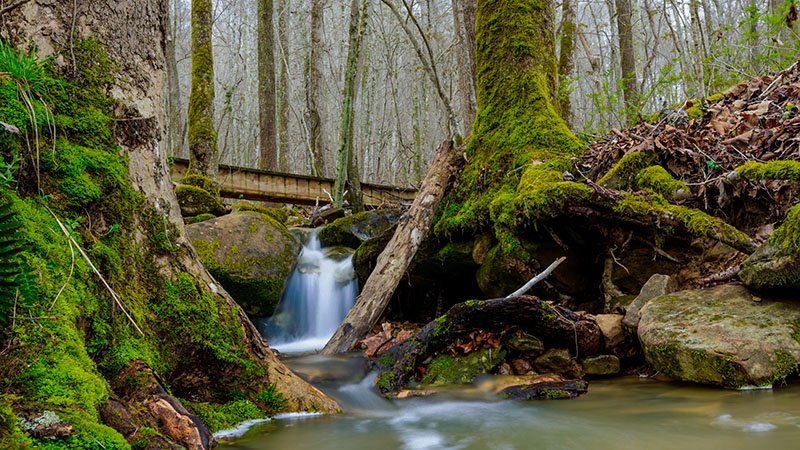
Trailside cascade. Photo by Brian Prose.
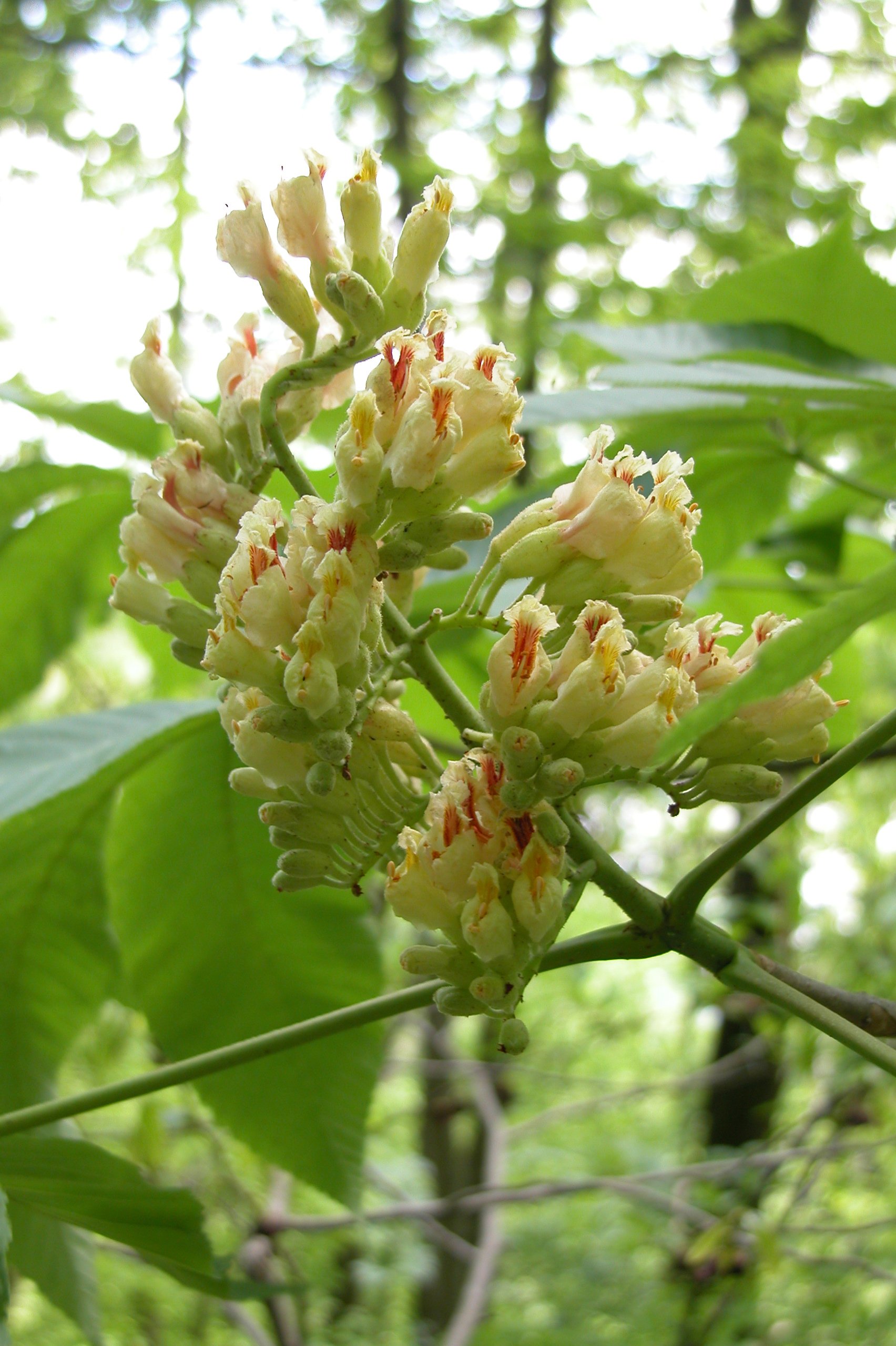
A signature tree of Gladys Riley is the yellow buckeye tree
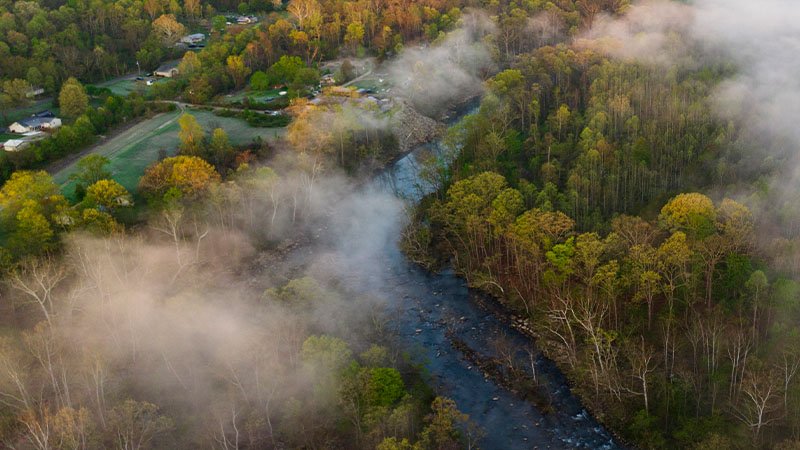
Photo by Brian Prose

Gladys Riley, the preserve’s namesake
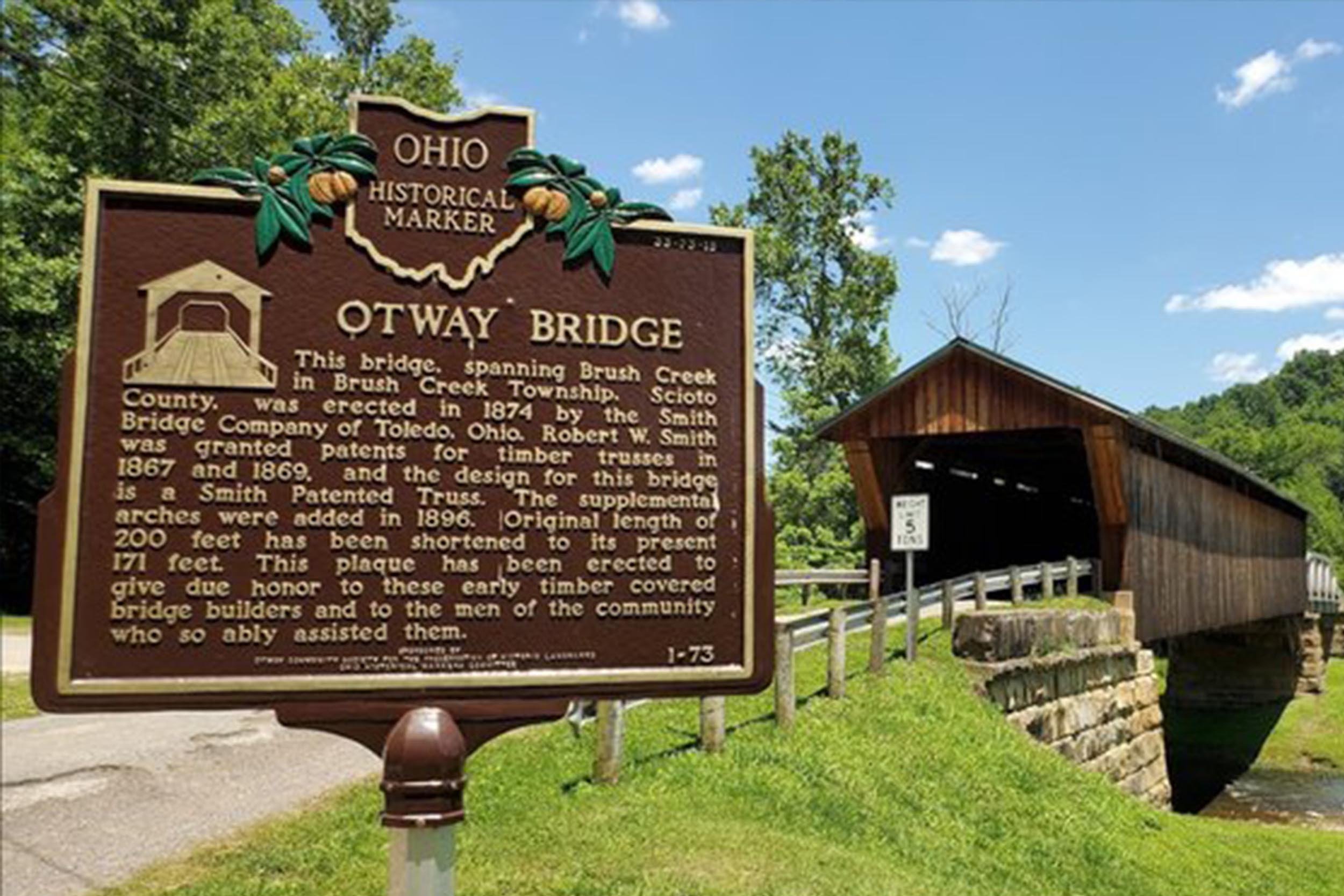

Photo by Brian Prose
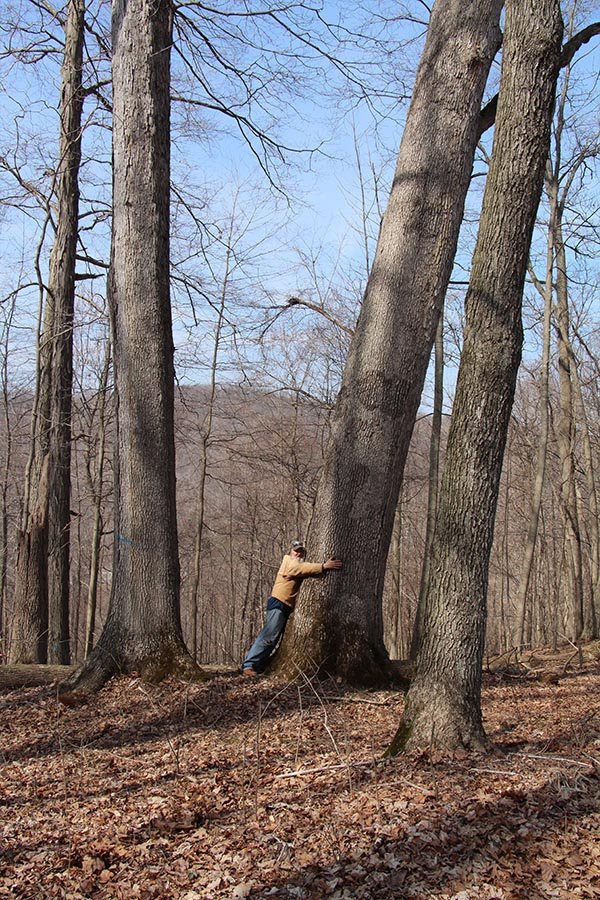
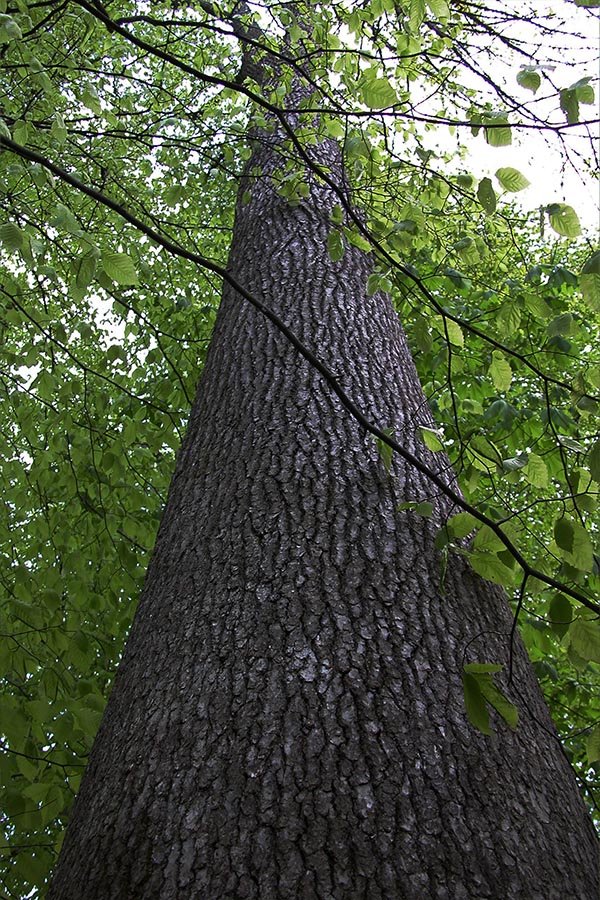
Sweetgum

Queen Snake at Gladys Riley - Photo by John Howard
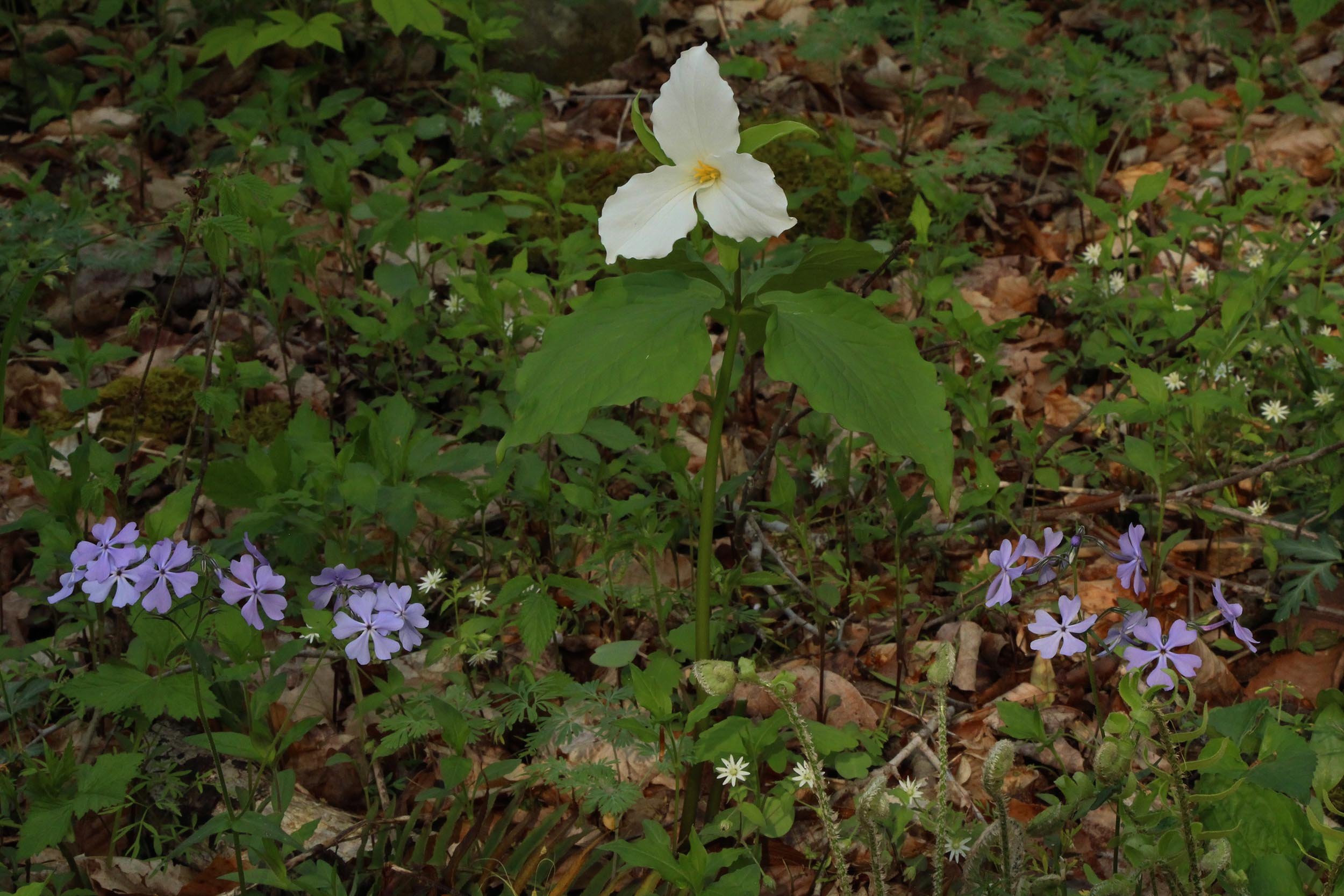
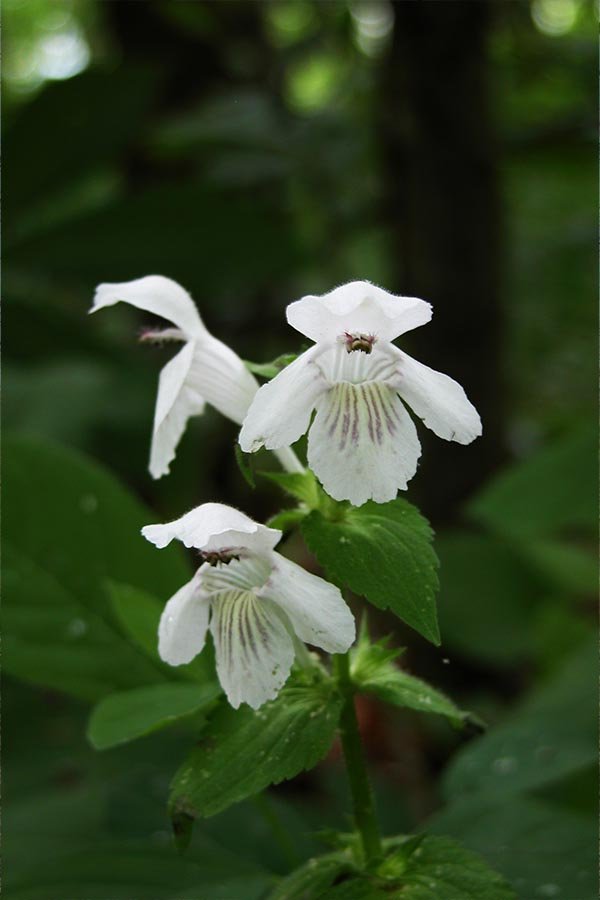
Gyandotte Beauty
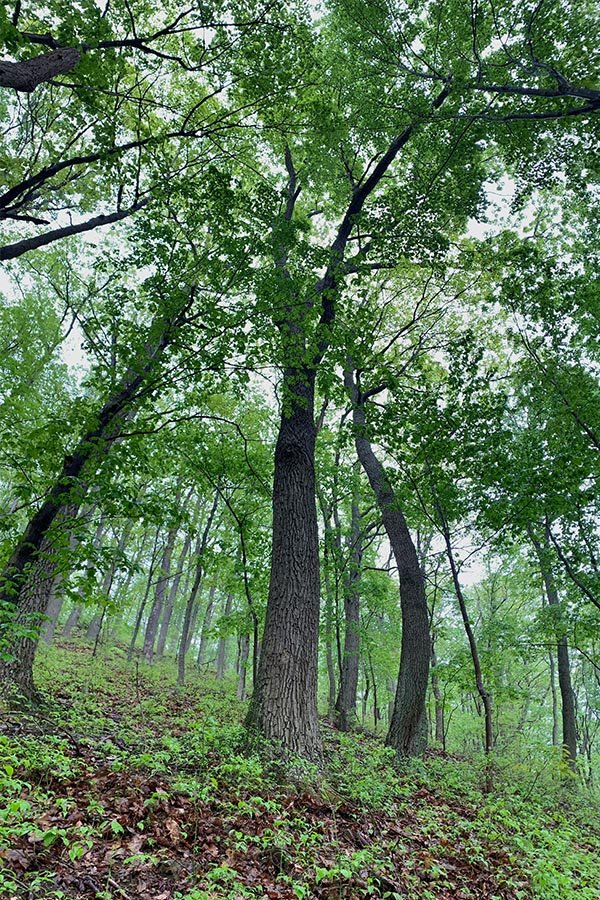
Photo by Elijah Crabtree
The First Preserve Anywhere for the Golden Stars, a State-Endangered Wildflower. Gladys Riley is the first preserve specifically acquired to protect golden star lilies, (Erythronium rostratum). An early spring wildflower, the golden star lily faces nearly upward and bears yellow anthers instead of chocolate brown like its more familiar cousin, the common trout lily. The best time to see it in bloom is the last week of March to the first week of April. The golden star lily has a very spotty distribution in only a few eastern central states west of the Appalachians and is rare throughout its range. It grows in significant numbers in just one place in Ohio - on the lower run of the Rocky Fork tributary of the Scioto Brush Creek Watershed – exactly where the preserve is located. Wildflowers of other species are very rich at the site, including several that are rare. The earliest begin blooming in March, but the show continues right on through mid-to late-April.
Stately Old Forests. Gladys Riley’s hillside forest supports unusually old trees, with many fine specimens that have impressive girths, especially considering the slow growth rate on the thin soils that support them. Common species include white, black, and chestnut oaks; pignut, bitternut, and shagbark hickories, black birch, and sweetgum. Even the rare butternut or white walnut finds refuge along the Rocky Fork Creek that bisects the preserve. A signature tree of Gladys Riley is the yellow buckeye tree, the buckeye of the southern Appalachian Mountains, foothills, floodplains, and coves. Unlike the Ohio buckeye, the yellow is a true canopy tree. Many large and stately yellow buckeyes can be seen towering above you along the White Walnut Trail.
Ferns and mosses proliferate in the sheltered coves at the base of the preserve’s steep-sided hills. One of the more interesting is Goldie’s fern, (Dryopteris goldiean), a large wood fern that thrives in high-moisture sites supported by cool seeps. By mid-summer in the preserve, Goldie’s fern can reach hip-high.
A Preserve with a Golden Glow. Fireflies thrive in the damp unmown fields of Gladys Riley where their prey - slugs, snails, and earthworms – flourish, and where the habitat is undisturbed by lights and pesticides. In June, thousands upon thousands of glimmering fireflies cover the fields and trees alike. Christmas light fireflies flicker-flash above the grasses, Light Bulb Fireflies light up the trees, Little Grays twinkle like laser lights in the grass, and Chinese Lanterns shimmer like falling embers. It is a mesmerizing light show.
The Arc’s master plan for Gladys Riley is to enlarge the parking lot and construct a new third trail in the preserve that will traverse what we aspire to be the newly acquired open bottomlands, a trail that will be especially appreciated during firefly season.
Rich Aquatic Resources. The preserve protects a long stretch of the Rocky Fork and Scioto Brush Creek, both of which are exceptionally rich. Extravagantly colored and aptly-named fish – such as rainbow, greenside, and orange throat darters – flash through Rocky Fork Creek’s riffles, while ancient-looking mottled sculpins and blunt-nosed stonerollers skulk among the rocks below the water’s surface. Myriad fish, crustaceans, and aquatic insects call this major confluence of waters their home, each a vital link in the aquatic ecosystem’s chain of life.
The Rocky Fork tumbles northward out of the rock-strewn highlands of Scioto County’s sandstone and shale country before entering Scioto Brush Creek. Other major tributaries of Scioto Brush Creek wend eastward out of the dolomitic karst country of Adams County, mixing their waters. These waterways are perennially remaking themselves. One moment they are placid, burbling brooks; the next moment they are raging torrents - rearranging rocks, boulders, and trees and replenishing the lowlands with minerals, soil, and organic matter.
Each time the floodplains are bathed in floodwaters during winter and early spring, vernal pools bordering the creeks are recharged and replenished. As the pools warm under the March sun, they are transformed into rich aquatic soups of hydra, daphnia, cyclops, algae, water beetles, fairy shrimp, toad tadpoles and salamander larvae. This flush of life feeds higher animals yet, spreading nourishment in ever-expanding circles until even the larger birds and mammals are connected by the silken threads of common unity. The joining of the words “common,” meaning shared by more than one, and “unity,” meaning joined as a whole – is just another way of saying “community.” And saving natural communities is what the Arc of Appalachia is all about.
Preserve History. Gladys Riley, the preserve’s namesake, was a well-loved school teacher in the local community of Otway until she retired in 1972. Gladys was an avid life-long lover of the outdoors. Having taught for many years in the first grade, she inspired many a schoolchild to follow a career or a vocation in natural resources. Her son sold the property to the Arc in 2005, honoring his mother and providing a more secure future for the golden star lily nationally significant botanical features and beautiful woods.
In 2015, the Gladys Riley Golden Star Lily Preserve was expanded through the acquisition of an adjacent 118 acres purchased from a local family whose Ralstin, Hazelbaker, and Ivers ancestors were among the earliest settlers in the region. The family shared a long-time interest in nature, the environment, and education. Currently the Arc of Appalachia is pursuing a third 40-acre addition which would protect Rocky Fork’s confluence with Scioto Brush Creek downstream from the current preserve holdings.


